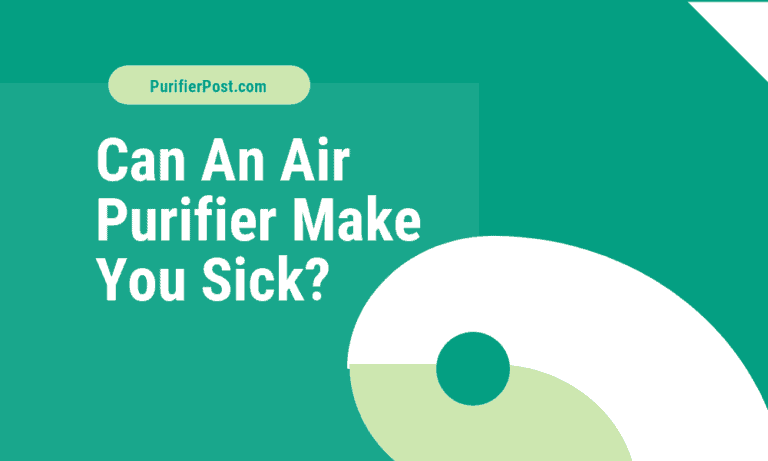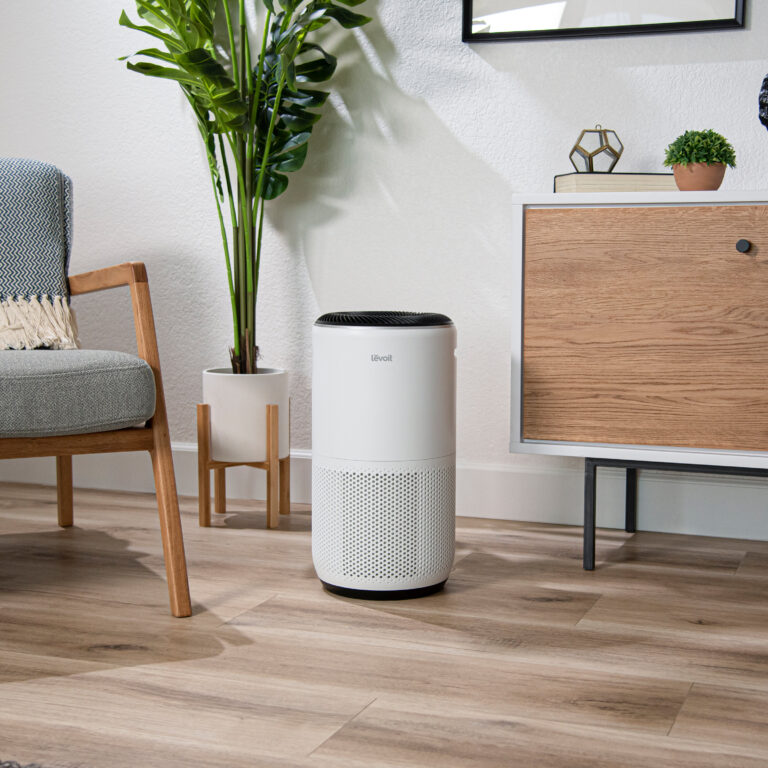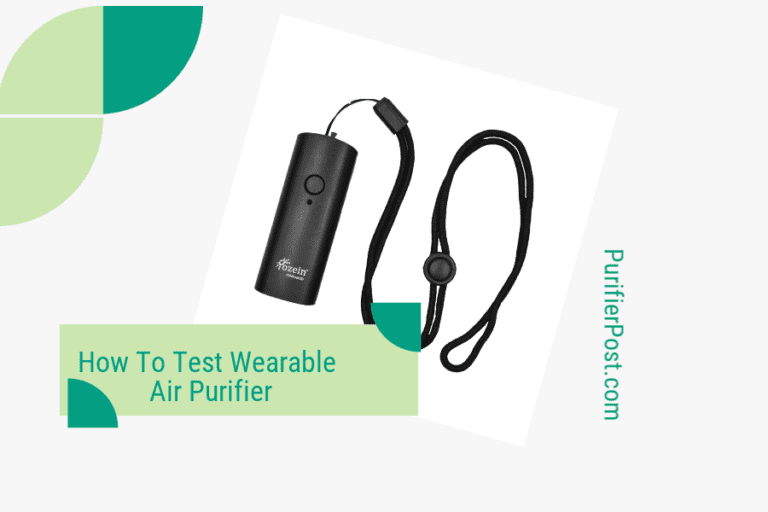How to Air Out a House: Quick Ventilation Tips for a Fresher Home
Maintaining a home with fresh, clean air is vital for the health and comfort of its occupants. Airing out your house is a simple yet effective method to ensure indoor air quality remains high, and stagnant odors or pollutants are removed. Good ventilation within the home helps to dilute and displace indoor pollutants, and the process of airing out can help to replace the old, damp air with dry, fresh air.

Choosing the right time and method to air out your house can significantly improve the effectiveness of ventilating your indoor environment. Quick bursts of ventilation, rather than leaving windows open for prolonged periods, can be more energy-efficient and just as effective. In cold weather, this method prevents the house from losing too much heat, ensuring that your living space is not only fresh but also warm and welcoming.
Key Takeaways
- Regularly airing out your home improves indoor air quality.
- Short, frequent ventilation is more effective than long durations.
- Strategic airing during certain times can enhance air freshness without wasting energy.
Understanding Ventilation
When we discuss ventilation, we’re referring to the process that exchanges indoor air with fresh outdoor air. This is critical for maintaining indoor air quality and ensuring our living spaces are safe, healthy, and comfortable.
Types of Ventilation:
- Natural Ventilation: This utilizes doors, windows, and other openings to facilitate air flow without mechanical systems.
- Mechanical Ventilation: Systems like HVAC (Heating, Ventilation, and Air Conditioning) use fans and ducts to circulate air.
Ventilation Principles:
- Air Exchange Rate: We strive to achieve a balance where enough outdoor air replaces indoor air to dilute pollutants without wasting energy.
- Air Flow Direction: Properly designed air flow patterns can prevent indoor air pollution from spreading across different areas.
To ensure our AC and HVAC systems effectively ventilate, regular maintenance is essential. These systems should be checked to confirm that they properly filter and circulate air throughout our homes.
Additionally, we must be cognizant of how activities within our home affect air quality. For instance, cooking and cleaning can release pollutants; hence, adequate ventilation during these activities is necessary.
Benefits of Effective Ventilation:
- Reduces indoor air pollution
- Controls humidity levels
- Lowers the concentration of contaminants
By understanding these aspects of ventilation, we can create a healthier living environment and improve the overall air quality in our homes.
Benefits of Airing Out Your Home

Airing out your home is a simple yet effective way to improve your living space. Not only does it enhance the indoor air quality by removing contaminants, but it also contributes to a healthier and more comfortable environment. Let’s explore these advantages in more detail.
Health Improvements
When we open windows, we’re not just letting in fresh air; we’re also helping to eliminate indoor pollutants. Ventilation plays a crucial role in reducing the presence of allergens, germs, mold, and bacteria that can have negative health effects. Regularly airing out your house helps reduce the risk of respiratory conditions and creates a healthier environment for everyone inside.
Enhanced Comfort and Concentration
Fresh air doesn’t just make us feel better; it actually helps increase our serotonin levels, which is linked to happiness and concentration. By circulating fresh air through our home, we boost our energy and comfort, leading to heightened concentration and better mental clarity throughout the day.
Odor Elimination
Have you ever noticed a musty odor when you return to your house after being away for a while? That’s the result of stagnant air allowing bad odors to build up. By airing out your space, we can quickly eliminate odors, dust, and give our home a fresh and clean scent without the need for artificial air fresheners.
Reduced Humidity and Moisture
Finally, proper ventilation can play a big role in controlling your home’s humidity level. High levels of moisture can lead to mold growth and unnecessary condensation. By allowing air to flow freely, we help maintain a balance that products like air purifiers alone can’t achieve, ensuring that our spaces remain dry and comfortable.
Practical Strategies for Airing Out

In our pursuit of a fresher and healthier living space, we’ll explore a variety of methods to enhance air quality. From the simplicity of opening windows to the more systematic use of air purifiers, each strategy plays a crucial role.
Opening Windows and Doors
When weather permits, the most straightforward way to invite outdoor air into our home is by opening windows and doors. This creates a cross breeze that pushes stale air out and allows fresh air in. We recommend opening windows on opposite sides of the house for optimal cross-ventilation. If security is a concern, do this only when you can be attentive to the open entry points.
Utilizing Fans and Air Purifiers
Fans, such as ceiling fans and exhaust fans, are excellent tools for circulating air within our rooms. To set up a fan effectively, place it near a window to push the indoor air out. Meanwhile, air purifiers and air cleaners work to filter out pollutants like tobacco smoke and formaldehyde. They can be especially helpful in rooms where ventilation is limited.
Leveraging House Plants
Plants aren’t just decor; they act as natural air purifiers. Certain species like the spider plant and bamboo palm can absorb toxins and produce oxygen, enhancing indoor air quality. We should strategically place plants in various rooms to maximize their air-cleaning potential.
Routine Cleaning and Maintenance
Regular cleaning plays a vital role in our strategy. Dust and vacuum furniture, walls, and carpets frequently to remove allergens. Wash sheets, laundry, and clothing to rid them of accumulated scents. Maintenance tasks such as checking for mold and ensuring that the humidity levels are controlled also contribute to the overall freshness.
Controlling Sources of Pollution
Finally, address pollution sources directly by minimizing indoor smoking, opting for natural candles without flame retardants, and ensuring proper ventilation when cooking. It’s also beneficial to routinely clean pet beds and living areas to prevent accumulated odors from becoming a persistent problem.
When to Air Out Your House
Airing out our house is essential to manage indoor air pollutants and to ensure the effectiveness of ventilation. Here, we’ll guide you through understanding why and when it is most beneficial to freshen the air inside your home.
Understanding Indoor Air Pollutants
Indoor air pollution can come from a variety of sources, such as volatile organic compounds (VOCs) emitted by building materials, furnishings, and household cleaning products. Radon gas, pet hair, and tobacco smoke are also common pollutants that degrade our indoor air quality. Notably, stale air indicates a buildup of these contaminants because the air exchange with the outside is insufficient. It is crucial for our health to frequently replace the stale air inside with fresh outdoor air.
Best Times for Effective Ventilation
To maximize the benefits of airing out our house, we should consider the specific times when ventilation can be most effective:
- Morning: Ventilating in the morning allows us to remove any build-up of indoor pollutants that occurred overnight.
- After High-Moisture Activities: Activities like showering or cooking can increase humidity levels. It’s beneficial to air out immediately after to prevent mold growth and lingering odors.
- Evening: Before sleep, a brief period of ventilation ensures better air quality throughout the night.
Utilizing exhaust fans in the kitchen or bathroom and ensuring our HVAC or AC systems are well maintained can further aid in maintaining fresh indoor air. It’s also advisable to air out our homes a few times during the day, especially after activities that introduce more moisture or pollutants into the indoor environment.





